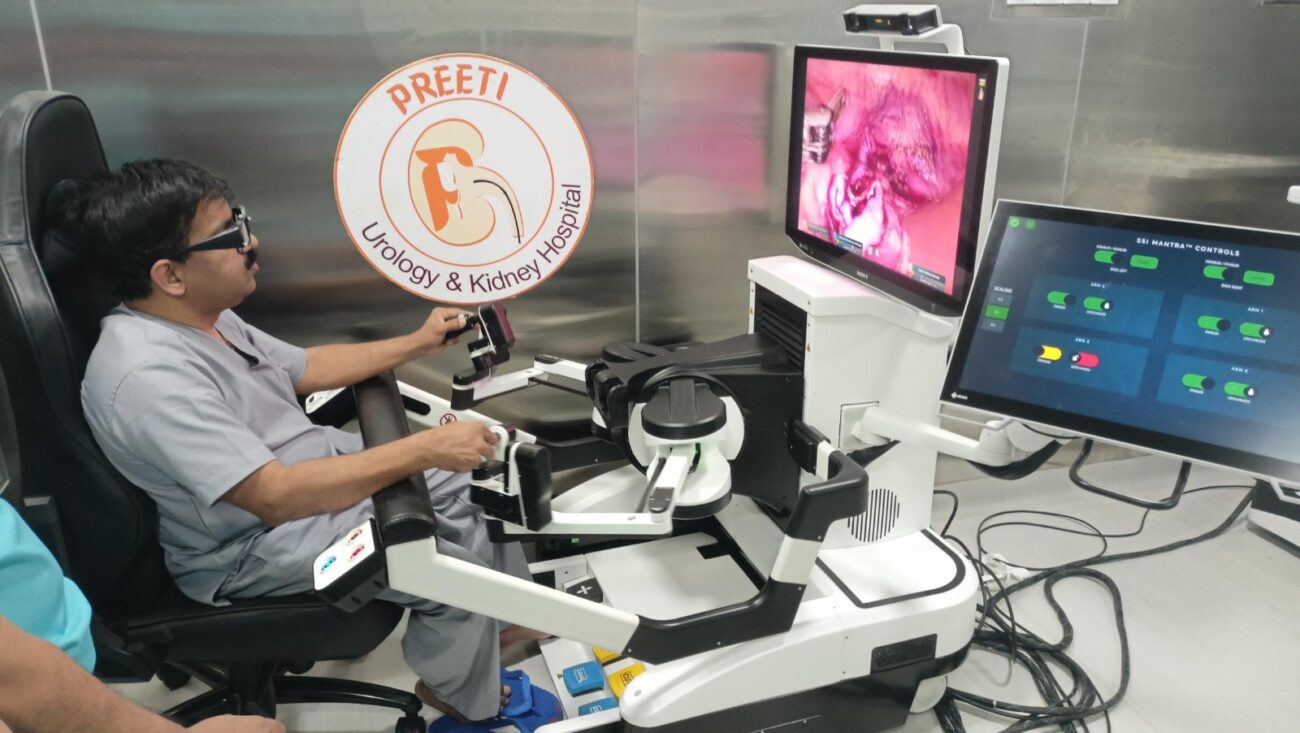GenWorks Introduces Mechanical Hysteroscopic Tissue Removal System
Uses a simple mechanical approach for removing intrauterine tissues With an aim to make the hysteroscopic procedure minimally invasive and completely simple, GenWorks, a healthcare solutions provider, has recently announced the introduction of its Mechanical Hysteroscopic

Uses a simple mechanical approach for removing intrauterine tissues
With an aim to make the hysteroscopic procedure minimally invasive and completely simple, GenWorks, a healthcare solutions provider, has recently announced the introduction of its Mechanical Hysteroscopic Tissue Removal System that uses a simple mechanical approach for removing intrauterine tissues.
This is a highly effective solution that offers better access and improved outcomes. The steps followed in the Hysteroscopy procedure include inserting the hysteroscope into the uterus, dissenting the uterus with the saline, locating the intrauterine abnormality, placing the shaver against the pathology, aspirating, and cutting tissue, removing the shaver and the hysteroscope from the uterus finally. It is made to provide direct visualization of the intrauterine cavity and has efficient tissue removal capabilities. It captures all the tissue needed for pathological analysis. The soft tissue shavers respect pathology down to its base and allow tissue capture for histological confirmation through simultaneous cutting and aspiration.
It offers a safe and gentle resection which is designed to eliminate the risk of energy discharge and the proprietary suction control minimizes fluid use. It also comes with a clear operative field with a continuous hysteroscopic outflow so that there is a clear operative field and no tissue floats within the uterine cavity. The process is efficient because it involves a single insertion and a few procedural steps. Moreover, it helps in targeted removal under continuous visualization.
It is a minimally invasive system that has been demonstrated to be quicker and is also more than likely to completely remove endometrial Fibroids and Polyps. The average procedure time for Polyps and Fibroids removal is relatively lesser when done with a mechanical hysteroscopic tissue removal system. What is more, the system has been used in more than 1,40,000 procedures until now.
At present, the methods used for Hysteroscopy include Resectoscopy – An electrical resection that causes scarring, abnormal bleeding, gas embolism, perforation, etc. Another method for the hysteroscopy process is blind D&C which includes supplying a high-frequency electrical current for intrauterine abnormality treatment causing scarring, abnormal bleeding, gas embolism, bowel perforation, etc. This is a blind procedure and 87% of the lesions remain after this procedure.






